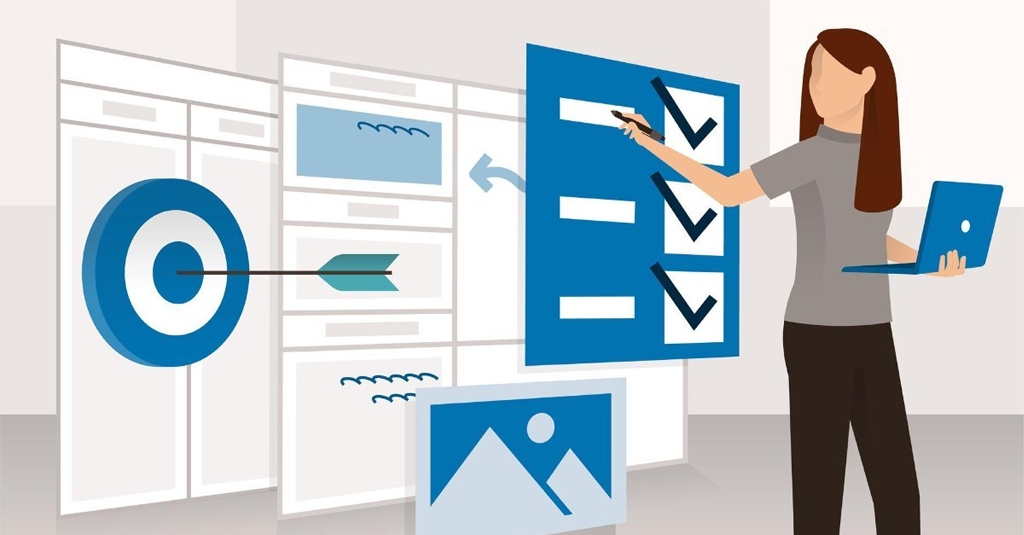For the modern workplace, Training and Learning are very important – a fact that e-learning companies are fast realizing. Employees need to acquire newer skills and knowledge on a continuous basis in order to be effective and to keep rising professionally. That is why most companies take the process of training very seriously. They employ e-learning companies to develop quick to train their employees. They also deploy Learning Management Systems (LMSs) to provide their learners the opportunity to meet their specific learning needs at their own pace. The adoption of an LMS does, however, have some requirements and overheads. Even with a dedicated team to manage the change that accompanies the implementation of an LMS, the organization may find it difficult to ensure widespread adoption of and user satisfaction from the LMS.
One solution is to implement a Cloud-based LMS. Compared to a legacy LMS, there are many benefits of implementing a Cloud LMS – especially for smaller organizations who do not have the necessary support staff to manage or maintain a dedicated LMS. That is why many e-learning companies are now shifting focus from installed LMSs to a Cloud-based LMS.
- Organizations with limited budgets can make significant cost reductions with a Cloud-based LMS – especially in the initial investments. Smaller organizations often do not have the necessary infrastructure or the in-house expertise to deploy and run an installed LMS. They also do not have the financial strength to incur the heavy overheads of an installed LMS – especially in the changing market situation. For these organizations, the pay-as-you-go mode of a Cloud LMS makes more sense as it allows them to reap the benefits of training – but without incurring the overhead costs.
- If the organization wants to deploy its own LMS (instead of using a Cloud LMS), it may need to install an LMS at each and every office premises. The technological infrastructure might not be appropriate at many premises, making it difficult to train employees in remote locations or who are on the move. With a Cloud LMS, however, the learners can connect with the internet through the device of their choice – be it a desktop, laptop, smartphone or tablet. The Internet is fairly ubiquitous these days – even in remote locations. But if the connection is inconsistent, the learners can save their progress and resume from that page or section.
- Integrating a Cloud LMS is also simpler than integrating an installed LMS. It can be done remotely. This makes sure that LMS data is synched with data from other systems across the organization – especially with the HR database, which controls and maintains user access of the learning system. Learners can be assigned courses easily and the administrators can chart their progress – all without logging in and out of different systems.
Cloud-based solutions are slowly being accepted by organizations across the world – owing to their scalability, flexibility and comparatively lower cost. They are also easily deployed, implemented and maintained. Compared to installing an on-premises Learning Management System (LMS), the Cloud LMS provides hassle-free learning.








